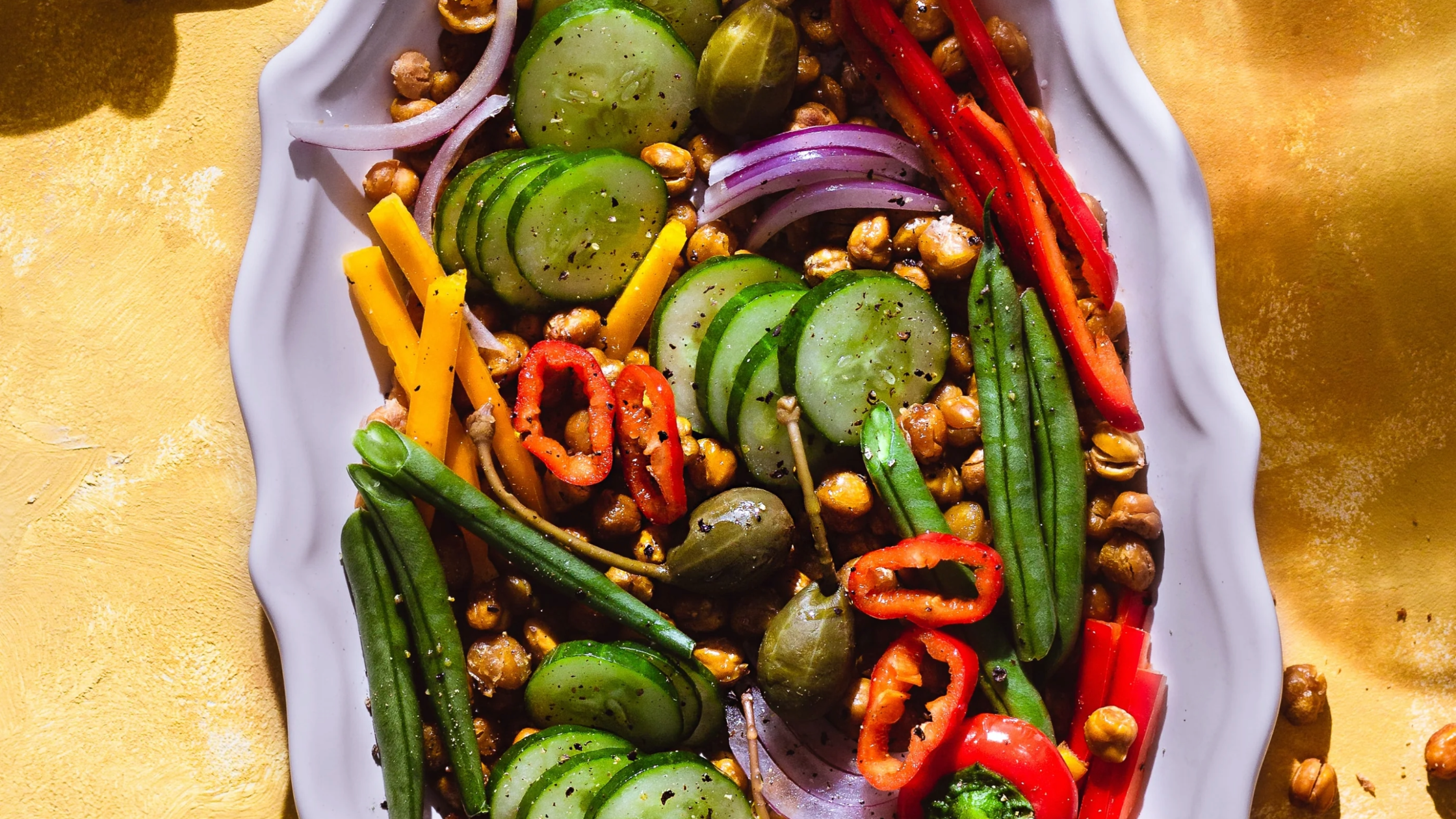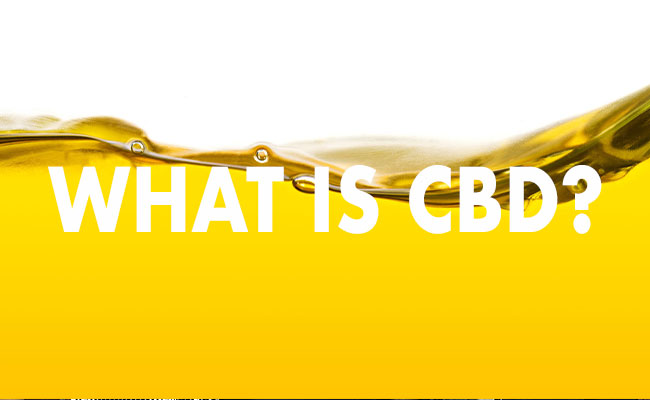
What Does 'Eating the Rainbow' Really Mean?
WRITTEN BY LAUREN KATAKOWSKI, MS AND DR. SWATHI
Want to make some healthy changes? “Eating the rainbow”, a fundamental tip, involves consuming fruits and vegetables of multiple different colors every day. It is recommended that at mealtime, half your plate should be filled with fruits and vegetables which equates to at least three cups per day. This may seem like a lot especially when the American diet focuses so much on meat, dairy, and starches. Some quick tips for enhancing your meals with fruits and vegetables might be to add chopped vegetables to pasta sauces, add them to an omelet, or make an antioxidant-packed smoothie with fruits and greens.
Plants contain phytonutrients, which give them their colors, and different plants are linked to different amounts of specific nutrients like vitamins, minerals, and antioxidants for health benefits. Each color in the fruit or vegetable is created by specific phytonutrients, which protect the plant from germs, bugs, and the sun. Eating more fruits and vegetables is a good idea and focusing on a variety of colors will increase your nutrient intake and benefit your health. You and your family may like specific fruits and vegetables and tend to gravitate toward eating them but the human body thrives on variety. A varied diet can give your body the nutrition it needs to work properly, fend off illness and disease and perform optimally. (1)
According to the Centers for Disease Control and Prevention, only 1 in 10 adults are consuming enough fruits and vegetables on a regular basis. Eating a diet that is rich in fruit and vegetables can help reduce the risk of the leading causes of death and illness, heart disease, diabetes, and obesity. In a 2015 CDC analysis, it was found that only 9% of adults ate the recommended amount, and consumption was lower among men, young adults, and lower incomes. (2)
Colors of the Rainbow
RED: contain lycopene and ellagic acid; anti-inflammatory, antioxidant that may help lower the risk of heart disease and many other conditions
Red peppers, tomatoes, strawberries, raspberries, watermelon, apples, cranberries, kidney beans, cherries, grapes, red onions, pomegranate, beets
ORANGE/YELLOW: contain carotenoids and hesperidin (citrus); anti-inflammatory, antioxidant, supports eye health, may lower risk of heart disease and many other conditions
Oranges, grapefruit, lemons, mangoes, papayas, carrots, sweet potatoes, squashes, corn, cantaloupe, orange/yellow peppers, golden beets, pineapple, peaches, bananas
GREEN: contain lutein, isothiocyanates, isoflavones, vitamin K, and folate; anti-inflammatory, and antioxidant, greens are some of the healthiest foods we can eat, essential to blood and bones, enhance mood, prevent cognitive decline, cruciferous vegetables may help lower risk of heart disease and many other conditions
Broccoli, kale, romaine lettuce, collard greens, Brussel sprouts, green cabbage, green grapes, asparagus, spinach, swiss chard, arugula, green beans, peas, zucchini, kiwi, avocado, green apples, edamame
BLUE/PURPLE: contain anthocyanins and resveratrol; anti-inflammatory, antioxidant, may improve brain function, may help lower heart disease risk, neurological disorders, diabetes, and other conditions
Blueberries, blackberries, red grapes, plums, prunes, red onions, eggplant, purple potatoes, figs
WHITE/BROWN: contain sulforaphane; an antioxidant compound, allicin, and quercetin- anti-inflammatory, immune boosting, and anti-allergic effects
Cauliflower, garlic, onions, mushrooms, potatoes, parsnips, daikon radish, jicama (3,4,5,6,7,8,9,10)
Conclusion
Doing your best to eat the rainbow every day is a simple and effective way to get a variety of healthy nutrients you need in your diet. By ensuring that you are eating a few colors of fruits and vegetables at every meal you will be on the road to better health and feeling better. Try to work toward eating at least three different colored vegetables and fruits at each meal and a fruit or vegetable for a snack each day. Some fun tips for eating the rainbow might include, keeping a color calendar for each day, picking a fruit and vegetable theme for the week, or planting the rainbow in your backyard garden, which will incorporate exercise into your healthy lifestyle too.
- Wallace TC, Bailey RL, Blumberg JB, et al. Fruits, vegetables, and health: A comprehensive narrative, umbrella review of the science and recommendations for enhanced public policy to improve intake. Critical reviews in food science and nutrition. 2020;60(13):2174-2211.
- https://www.cdc.gov/nccdphp/dnpao/division-information/media-tools/adults-fruits-vegetables.html
- Mozos I, Stoian D, Caraba A, Malainer C, Horbańczuk JO, Atanasov AG. Lycopene and Vascular Health. Front Pharmacol. 2018;9:521. Published 2018 May 23. doi:10.3389/fphar.2018.00521
- Tan BL, Norhaizan ME. Carotenoids: How Effective Are They to Prevent Age-Related Diseases?. Molecules. 2019;24(9):1801. Published 2019 May 9. doi:10.3390/molecules24091801
- Royston KJ, Tollefsbol TO. The Epigenetic Impact of Cruciferous Vegetables on Cancer Prevention. Curr Pharmacol Rep. 2015;1(1):46-51. doi:10.1007/s40495-014-0003-9
- Blesso CN. Dietary Anthocyanins and Human Health. Nutrients. 2019;11(9):2107. Published 2019 Sep 5. doi:10.3390/nu11092107
- Rahimi P, Abedimanesh S, Mesbah-Namin SA, Ostadrahimi A. Betalains, the nature-inspired pigments, in health and diseases. Crit Rev Food Sci Nutr. 2019;59(18):2949-2978. doi:10.1080/10408398.2018.1479830
- Slavin JL, Lloyd B. Health benefits of fruits and vegetables. Adv Nutr. 2012;3(4):506-516. Published 2012 Jul 1. doi:10.3945/an.112.002154
- Liu RH. Health-promoting components of fruits and vegetables in the diet. Adv Nutr. 2013;4(3):384S-92S. Published 2013 May 1. doi:10.3945/an.112.003517
- Blumfield M, Mayr H, De Vlieger N, et al. Should We 'Eat a Rainbow'? An Umbrella Review of the Health Effects of Colorful Bioactive Pigments in Fruits and Vegetables. Molecules. 2022;27(13):4061. Published 2022 Jun 24. doi:10.3390/molecules27134061
–
This article was edited by Dr. Swathi and was written by Element Apothec Scientific Communications Intern, Lauren Katakowski. She is a published researcher and medical writer. She completed a Masters of Nutrition and Dietetics from Central Michigan University.











